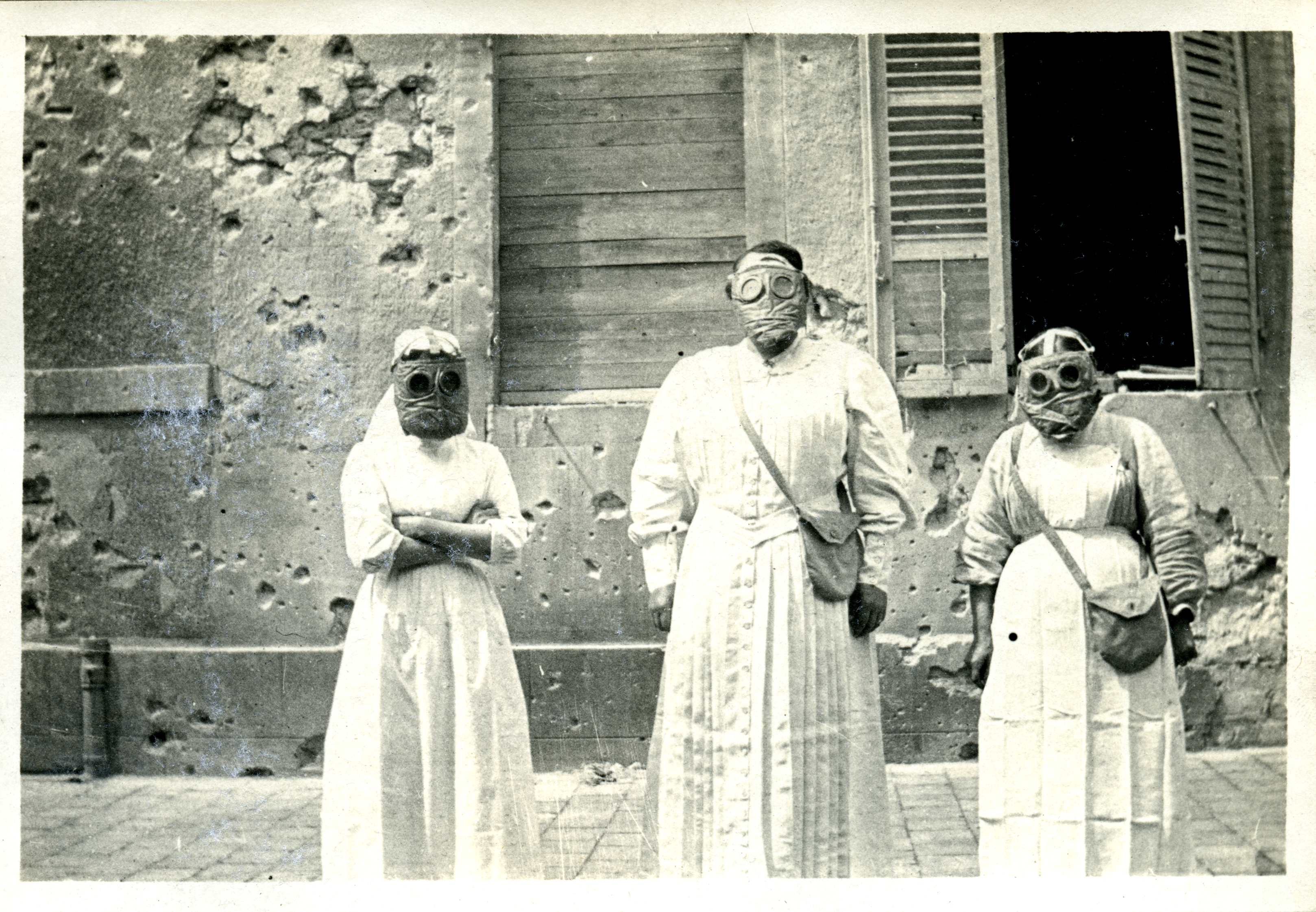1915 a turning point in Quaker history
New resources from Quakers in Britain draw parallels between Quaker work for peace in 1915 and today.
The Testimony, is a fictional newspaper inspired by Quaker activities in World War I, while Remembering for Peace is a new assembly outline to encourage children to think about the impact of war and ways of remembering for peace.

The resources witness for peace on the centenary of war, remember the many victims and aim to work towards a world without war.
The Testimony
The Testimony gives a flavour of 1915 with articles and statements from the time and up-to-date stories of peace work.
The newspaper records that in May 1915, London Yearly Meeting issued a statement against the war. It was the only church in Britain to do so. While some Quakers did join the armed forces, many joined the growing peace movement–the Fellowship of Reconciliation and the No-Conscription Fellowship were both created in response to the war.
The Testimony reports steps towards conscription and Quaker work behind the scenes to include the 'conscience clause' in the Military Service Act of 1916. Britain was the first country to enshrine in law the right to individual conscience.
Photographs record:
- Volunteers for Friends War Victims Relief Committee (FWVRC) packing tea for those displaced by war
- German prisoners marching to Dorchester Camp
- 'Enemy alien' internees weaving baskets at Knockaloe Internment Camp on the Isle of Man
- FWVRC nurses wearing gas masks
Stories report Quakers putting their faith into action:
- FWVRC helping those displaced by fighting
- Friends Emergency Committee helping 'enemy aliens' in Britain
- Friends Service Committee advising Quaker women regarding the National Register for war work
- Challenging militarism in schools in 1915 and today
Remembering for peace
Quakers in Britain Peace Education team has produced Remembering for peace with the Peace Education Network. In the Teach Peace series, this is for upper primary and lower secondary age pupils.